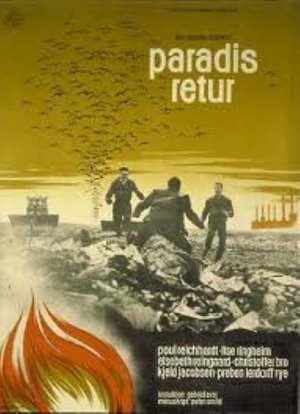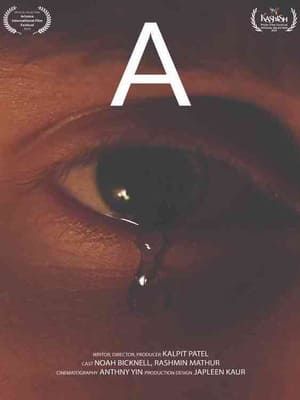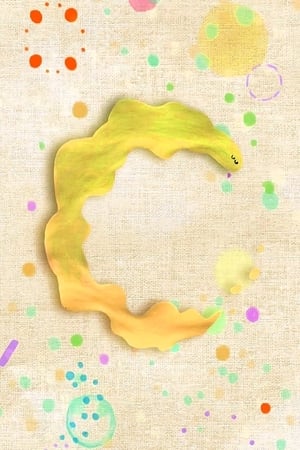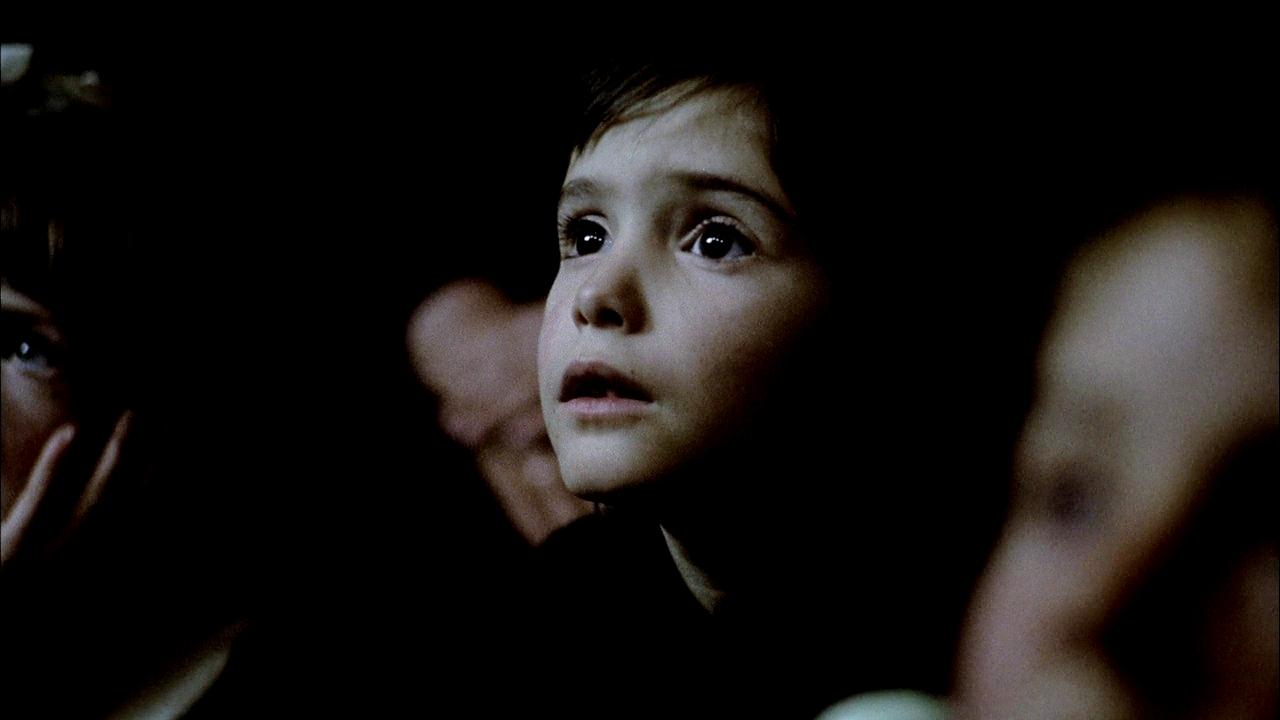
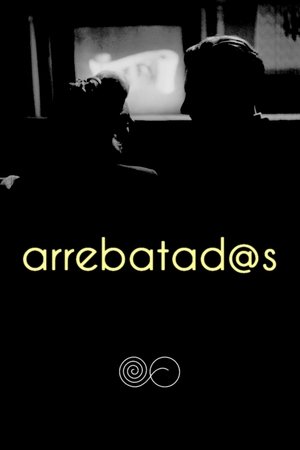
Arrebatad@s(2019)
An audiovisual investigation into the way Spanish cinema has represented its audience throughout history, and a tribute to those who, for over a hundred years, have inhabited the theaters, mutually nurturing their deepest dreams and aspirations.
Movie: Arrebatad@s

Arrebatad@s
HomePage
Overview
An audiovisual investigation into the way Spanish cinema has represented its audience throughout history, and a tribute to those who, for over a hundred years, have inhabited the theaters, mutually nurturing their deepest dreams and aspirations.
Release Date
2019-12-17
Average
6
Rating:
3.0 startsTagline
Genres
Languages:
EspañolKeywords
Recommendations Movies
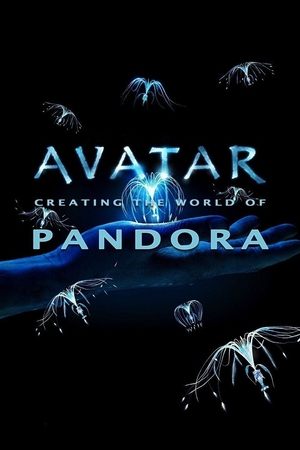 6.4
6.4Avatar: Creating the World of Pandora(en)
The Making-of James Cameron's Avatar. It shows interesting parts of the work on the set.
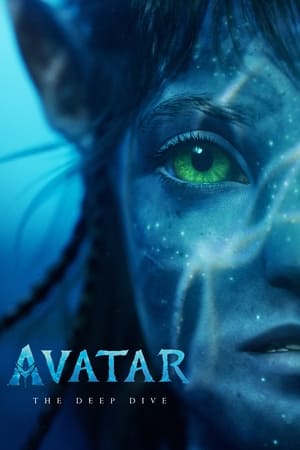 7.1
7.1Avatar: The Deep Dive - A Special Edition of 20/20(en)
An inside look at one of the most anticipated movie sequels ever with James Cameron and cast.
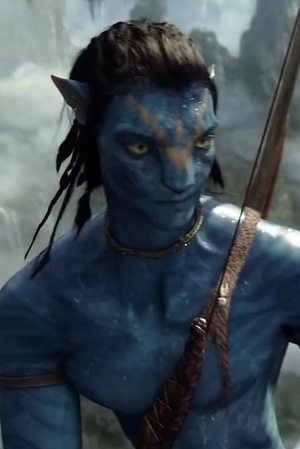 6.5
6.5Avatar: Scene Deconstruction(en)
The deconstruction of the Avatar scenes and sets
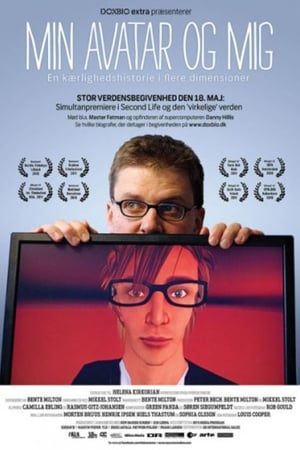 5.3
5.3My Avatar and Me(da)
is a creative documentary-fiction film and a film that might expand your sense of reality. It is the story about a man who enters the virtual world Second Life to pursue his personal dreams and ambitions. His journey into cyberspace becomes a magic learning experience, which gradually opens the gates to a much larger reality.
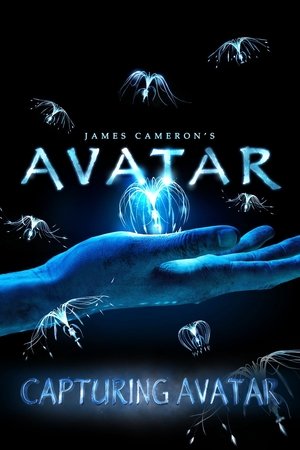 7.0
7.0Capturing Avatar(en)
Capturing Avatar is a feature length behind-the-scenes documentary about the making of Avatar. It uses footage from the film's development, as well as stock footage from as far back as the production of Titanic in 1995. Also included are numerous interviews with cast, artists, and other crew members. The documentary was released as a bonus feature on the extended collector's edition of Avatar.
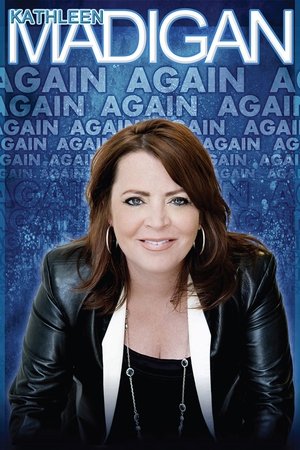 7.6
7.6Kathleen Madigan: Madigan Again(en)
Kathleen Madigan drops in on Detroit to deliver material derived from time spent with her Irish Catholic Midwest family, eating random pills out of her mother's purse, touring Afghanistan, and her love of John Denver and the Lunesta butterfly.
Beautifully Maintained and Well Located(en)
A mansion, a lawn, some trees: an unmoved frontal view, 9 minutes long. We hear an off-screen voice. It si the co-director, who commands what goes on in the image. He calls up participants while the other co-director climbs a ladder and holds up a cornet that emits smoke and sparks.
 6.0
6.0Mantovani, the King of Strings(it)
Known for his unmistakable cascading strings and recordings such as Charmaine, Mantovani enthralled the world with his sublime arrangements. This is the story of the man and his music.
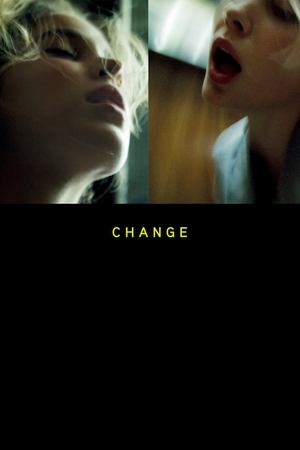 9.4
9.4Change(en)
I was somewhere between the beggining and the end of life. After winter became spring, and summer became fall, and fall winter again. I always knew change would be constant.
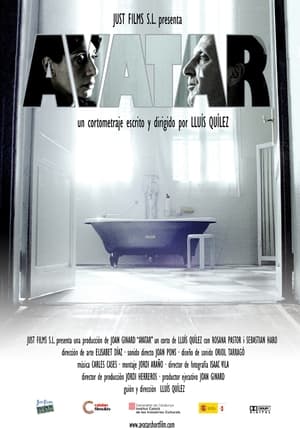 5.9
5.9Avatar(es)
Tension mounts between a quadraplegic man and his wife as she prepares a bath for him.
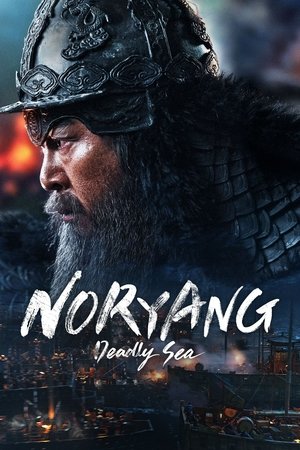 6.3
6.3Noryang: Deadly Sea(ko)
The Imjin War reaches its seventh year in December of 1598. Admiral Yi Sun-shin learns that the Wa invaders in Joseon are preparing for a swift withdrawal following the deathbed orders of their leader Toyotomi Hideyoshi. Determined to destroy the enemy once and for all, Admiral Yi leads an allied fleet of Joseon and Ming ships to mount a blockade and annihilate the Wa army. However, once Ming commander Chen Lin is bribed into lifting the blockade, Wa lord Shimazu Yoshihiro and his Satsuma army sail to the Wa army's rescue at Noryang Strait.
 6.4
6.4The King's Avatar: For the Glory(zh)
In this prequel to the animated series The King's Avatar, Ye Xiu enters into the pro gaming world of Glory, and competes in the first Pro League series tournament.
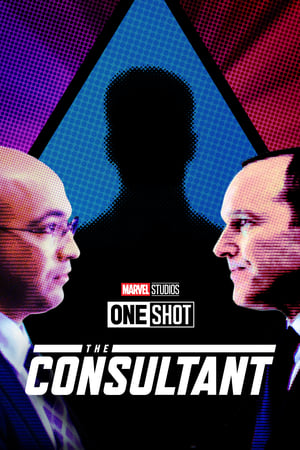 6.3
6.3Marvel One-Shot: The Consultant(en)
Agent Coulson informs Agent Sitwell that the World Security Council wishes Emil Blonsky to be released from prison to join the Avengers Initiative. As Nick Fury doesn't want to release Blonsky, the two agents decide to send a patsy to sabotage the meeting...
 5.5
5.5The Botanical Avatar of Mademoiselle Flora(fr)
A young woman lives sadly in a small garrison town with a soldier. Little by little, won over by boredom, sadness, total inaction, she develops a relationship with plants and starts talking to plants.
 4.6
4.6Recep Ivedik 2(tr)
When his grandmother takes ill, foolish brute Recep tries to satisfy her wishes by getting a job and attempting to find a suitable wife.
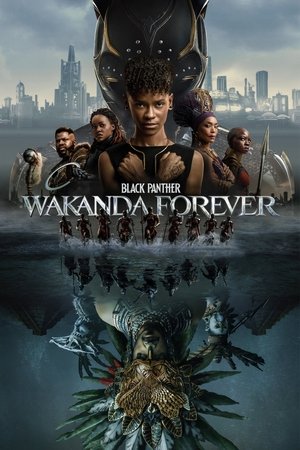 7.1
7.1Black Panther: Wakanda Forever(en)
Queen Ramonda, Shuri, M’Baku, Okoye and the Dora Milaje fight to protect their nation from intervening world powers in the wake of King T’Challa’s death. As the Wakandans strive to embrace their next chapter, the heroes must band together with the help of War Dog Nakia and Everett Ross and forge a new path for the kingdom of Wakanda.
Similar Movies
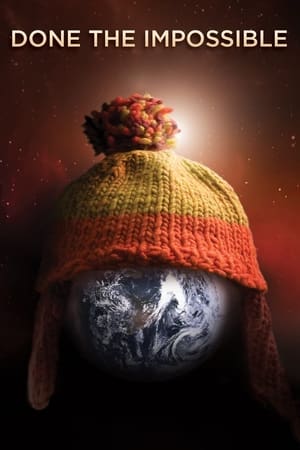 6.2
6.2Done the Impossible(en)
A documentary covering Firefly's birth, death and rebirth from the perspective of both the fans and the cast and crew of both productions.
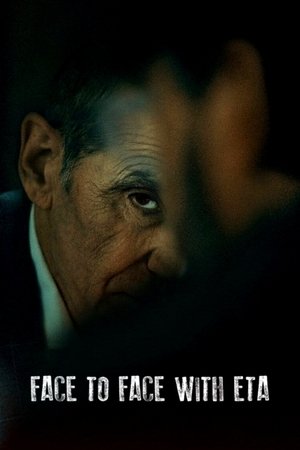 7.0
7.0Face to Face with ETA: Conversations with a Terrorist(es)
An in-depth interview with José Antonio Urrutikoetxea, known as Josu Ternera, one of the most relevant leaders of the terrorist gang ETA.
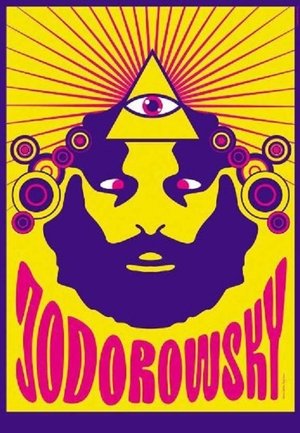 6.2
6.2The Jodorowsky Constellation(en)
This documentary depicts the filmmaker Alejandro Jodorowsky talking about his life, his loves, his career as a filmmaker, graphic novelist, and workshop leader, and his eccentricities including tarot reader and theatrical director during The Panic Movement. Directed by Louis Mouchet, La Constellation Jodorowsky includes a lengthy on-camera interview with Jodorowsky in Spanish with subtitles. Marcel Marceau, Fernando Arrabal, Peter Gabriel, Jean "Moebius" Giraud, and Jean Pierre Vignau make appearances discussing their various projects with the director. In addition to the interview and film clips, Mouchet features some bizarre footage from Jodorowsky’s absurdist plays in which topless women splattered with paint writhe around the stage in a theatrical production meant to represent The Panic Movement, i.e., an artistic expression in which reason cannot fully express the human experience.
 5.5
5.5Nice Girls Don't Stay for Breakfast(en)
In the late 1990s, iconic photographer Bruce Weber barely managed to convince legendary actor Robert Mitchum (1917-97) to let himself be filmed simply hanging out with friends, telling anecdotes from his life and recording jazz standards.
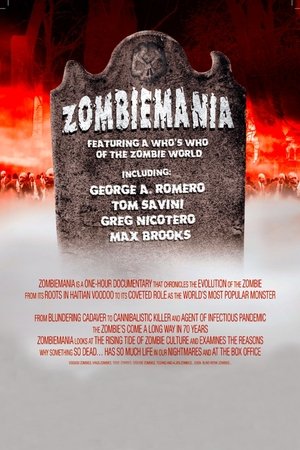 6.1
6.1Zombiemania(en)
The evolution of the zombie from its roots in Haitian voodoo to its coveted role as the world's most popular monster: from being a clumsy corpse to becoming a cannibal killer and the main agent of every infectious pandemic, the zombie has come a long way in seventy years. A look at the rising tide of zombie culture examining why something so dead has so much life in viewers' nightmares and at the box office.
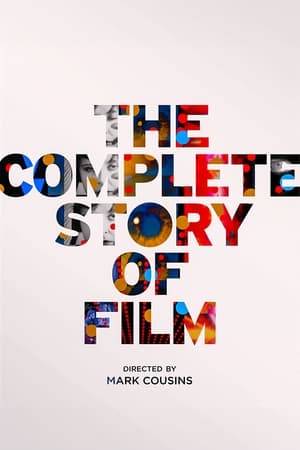 8.0
8.0The Complete Story of Film(en)
At 18 hours and 43 minutes long, 'The Complete Story of Film' collects two epic documentaries by Mark Cousins into a stunningly expansive global journey through film history from the birth of cinema to today. The Story of Film: An Odyssey is an inclusive and ground-breaking journey through the history of world cinema and a treat for movie lovers around the globe. Guided by filmmaker and historian Mark Cousins, this wonderfully insightful 15-hour love letter to the movies begins with the invention of motion pictures at the end of the 19th century, continuing through the entire 20th century of moviemaking and concluding with the globalized digital industry of the 21st. In The Story of Film: A New Generation, Cousins picks up where Odyssey left off, returning with a new epic and hopeful tale of modern cinematic innovation in the new millennium, exploring how movies and moviegoing have evolved and will continue to transform to our collective joy and wonder.
 0.0
0.0The First Look(es)
In Spain, a poor country ruined by the recent Civil War (1936-39), and in the midst of Franco's dictatorship, a film school was created in Madrid in 1947, which became, almost unintentionally, a space of freedom and pure experimentation until its closure in 1976.
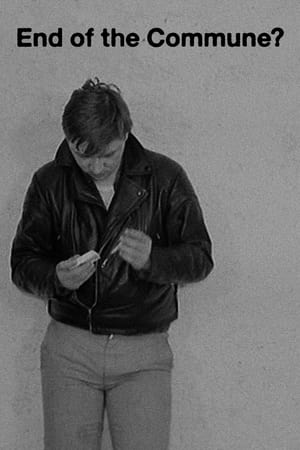 0.0
0.0End of the Commune?(de)
"End of the Commune"/"Ende einer kommune" is a great 49 min. long movie made in 1969 about Fassbinder and the early years of the legendary Antiteater he was a member/leader of. You can here see and hear some of the actors he was going to use in his movies for the next years. The movie shows rehearsals for his play "The Coffehouse" which also became a television-movie, and you can watch unique footage from the 19th Film-Festival in Berlin (1969) where "Love is Colder Than Death" were shown. As told in this documentary, his first feature-movie were given a cold shoulder by many of the journalists and visitors at the festival. You can in "End of the Commune" watch Fassbinder and actor Ulli Lommel walk out on stage after the opening of "Love is Colder than Death", while a man in the audience is shouting "Out with the director!". In this interesting documentary Fassbinder also talks a lot about his father which was a respectable doctor.
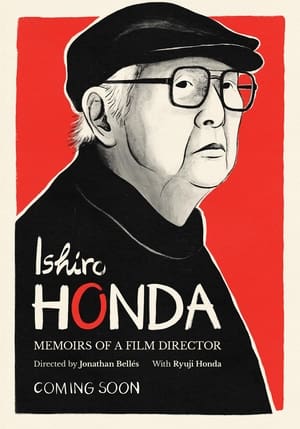 0.0
0.0Ishiro Honda: Memoirs of a Film Director(en)
A documentary film that delves into the life and cinematic career of one of Japan's most prolific directors: Ishiro Honda. The film will spotlight Honda's filmography from both a historical and personal perspective, exploring his contributions to the Japanese film industry and his firsthand experiences of war, from which he barely survived. It will also delve into his profound feelings regarding the atomic bomb, a subject that became an obsession for him and was frequently reflected in his films. The documentary will analyze Honda's body of work through interviews with individuals who had the privilege of collaborating with him, as well as experts on Honda's films from both Japan and the Western world. Furthermore, the film will uncover Honda's friendship and professional relationship with director Akira Kurosawa.
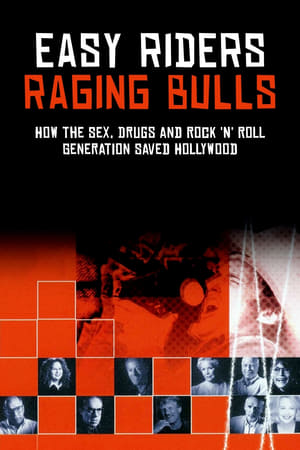 7.1
7.1Easy Riders, Raging Bulls: How the Sex 'n' Drugs 'n' Rock 'n' Roll Generation Saved Hollywood(en)
The chronicle of the mind-blowing journey that was Hollywood during the seventies; the true and gripping story of the last golden age of American cinema, an exalted celebration of creativity and experimentation; but also of sex, drugs and rock 'n' roll: a turbulent and dark tale of ambition, envy, betrayal, hatred and self-destruction.
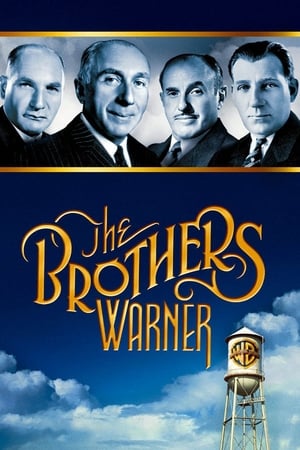 6.6
6.6The Brothers Warner(en)
An intimate portrait and saga of four film pioneers--Harry, Albert, Sam and Jack who rose from immigrant poverty through personal tragedies persevering to create a major studio with a social conscience.
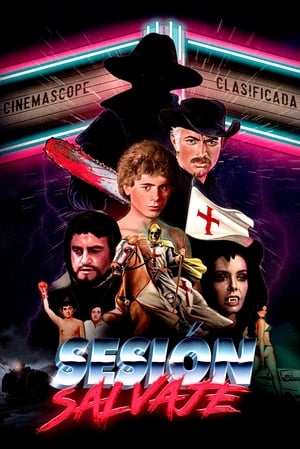 6.9
6.9Wild Session(es)
A walk through the golden age of Spanish exploitation cinema, from the sixties to the eighties; a low-budget cinema and great popular acceptance that exploited cinematographic fashions: westerns, horror movies, erotic comedies and thrillers about petty criminals.
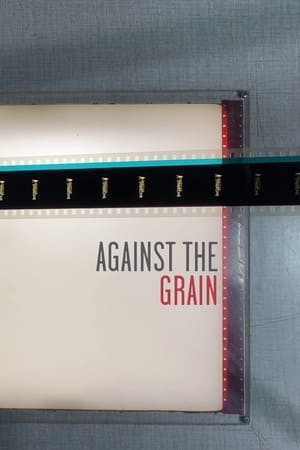 5.5
5.5Against the Grain(en)
A glimpse at how genre film-focused home video companies have taken the charge in preserving, restoring, and releasing so many works which otherwise might have been lost to time.
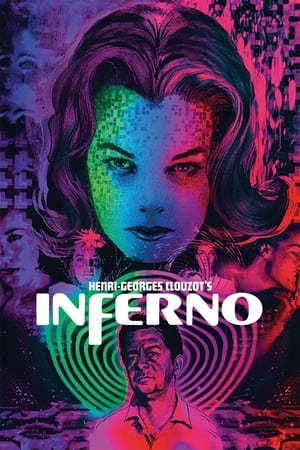 7.3
7.3Henri-Georges Clouzot's Inferno(fr)
In 1964, Henri-Georges Clouzot's production of L'Enfer came to a halt. Despite huge expectations, major studio backing and an unlimited budget, after three weeks the production collapsed. This documentary presents Inferno's incredible expressionistic original rushes, screen tests, and on-location footage, whilst also reconstructing Clouzot's original vision, and shedding light on the ill-fated endeavor through interviews, dramatizations of unfilmed scenes, and Clouzot's own notes.
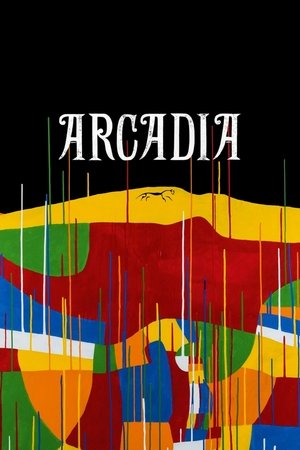 7.1
7.1Arcadia(en)
A provocative and poetic exploration of how the British people have seen their own land through more than a century of cinema. A hallucinated journey of immense beauty and brutality. A kaleidoscopic essay on how magic and madness have linked human beings to nature since the beginning of time.
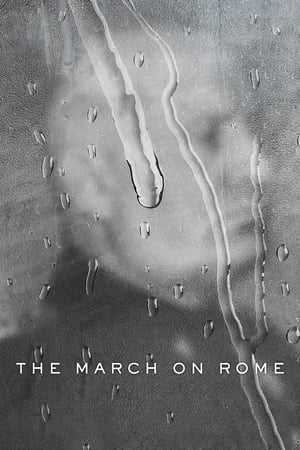 6.3
6.3The March on Rome(it)
The fascinating story of the rise to power of dictator Benito Mussolini (1883-1945) in Italy in 1922 and how fascism marked the fate of the entire world in the dark years to come.
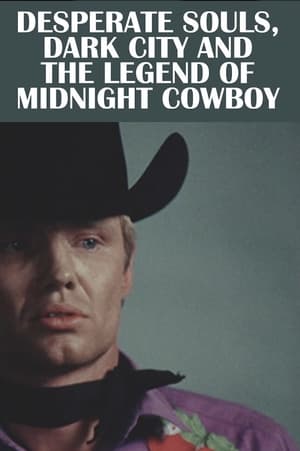 5.8
5.8Desperate Souls, Dark City and the Legend of Midnight Cowboy(en)
This is not a documentary about the making of Midnight Cowboy. It is about a humane and groundbreaking masterpiece and the flawed but gifted people who made it. It is about a troubled era of cultural ferment, social and political change, about broken dreams and strivers, then and now. It is about an era that made a movie and a movie that made an era.
 6.7
6.7Magician: The Astonishing Life and Work of Orson Welles(en)
The extraordinary life of Orson Welles (1915-85), an enigma of Hollywood, an irreducible independent creator: a musical prodigy, an excellent painter, a master of theater and radio, a modern Shakespeare, a magician who was always searching for a new trick to surprise his audience, a romantic and legendary figure who lived only for cinema.
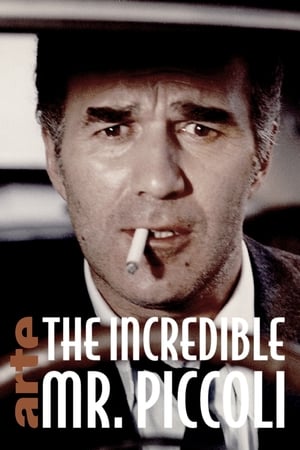 6.9
6.9The Incredible Mr. Piccoli(fr)
A captivating portrait of French actor Michel Piccoli, who has worked with the greatest filmmakers of his time and has built a dazzling career of remarkable merit and success, focusing on his work during the 1970s and his professional relationship with Claude Sautet, Romy Schneider, Marco Ferreri and Luis Buñuel.
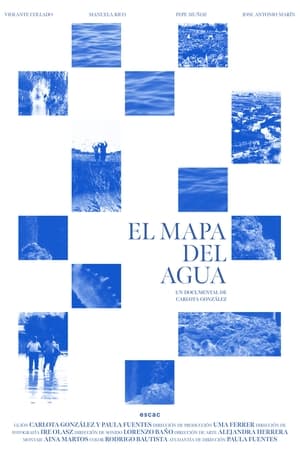 5.2
5.2The Water Map(es)
The Water Map is an essayistic journey through the ethnography and landscapes of the Region of Murcia. These places are in the process of disappearing due to the increasing and abundant agricultural exploitation. Water has marked the territory and the culture of the area, and with its disappearance, the memories of four characters fade away.
